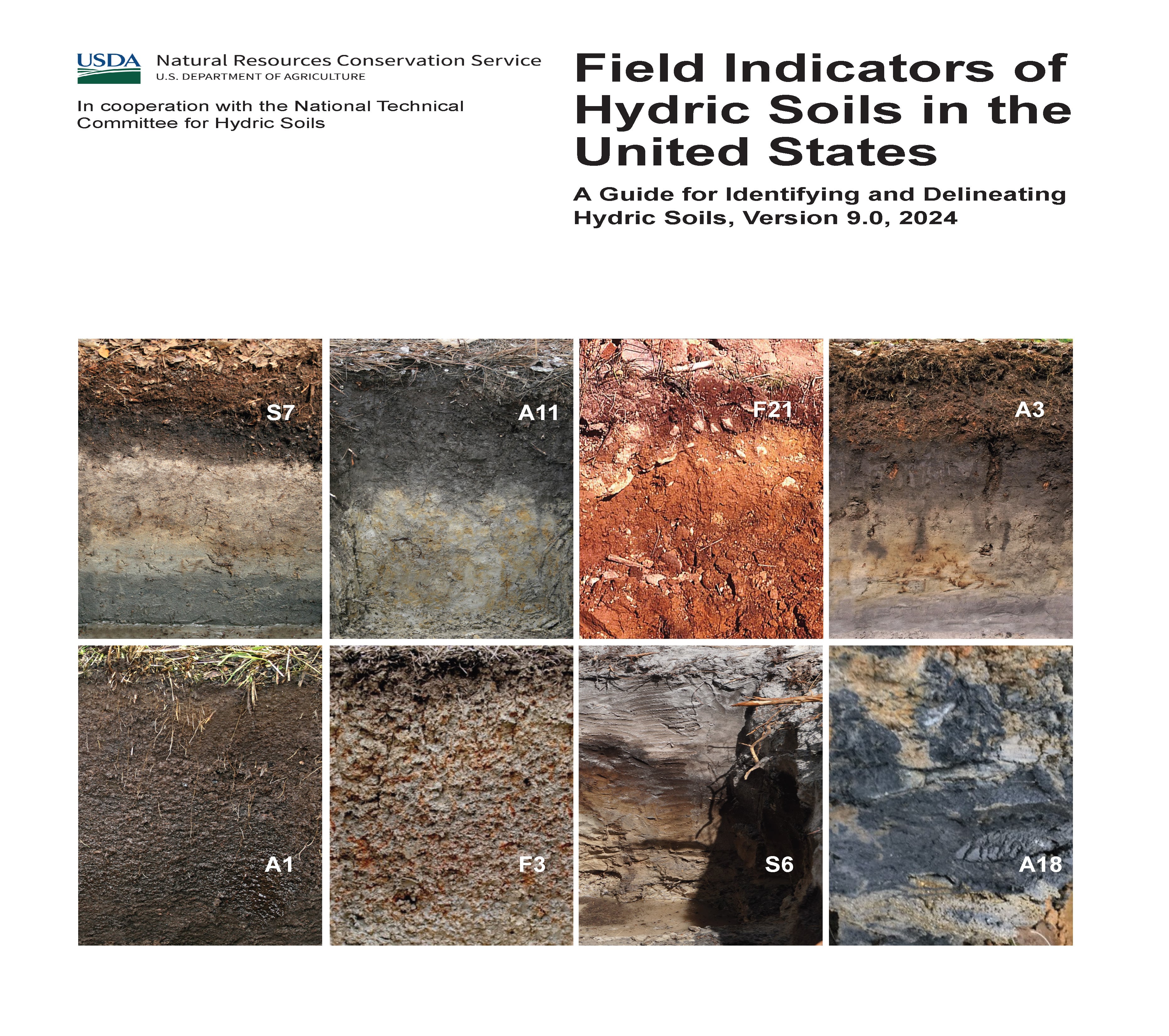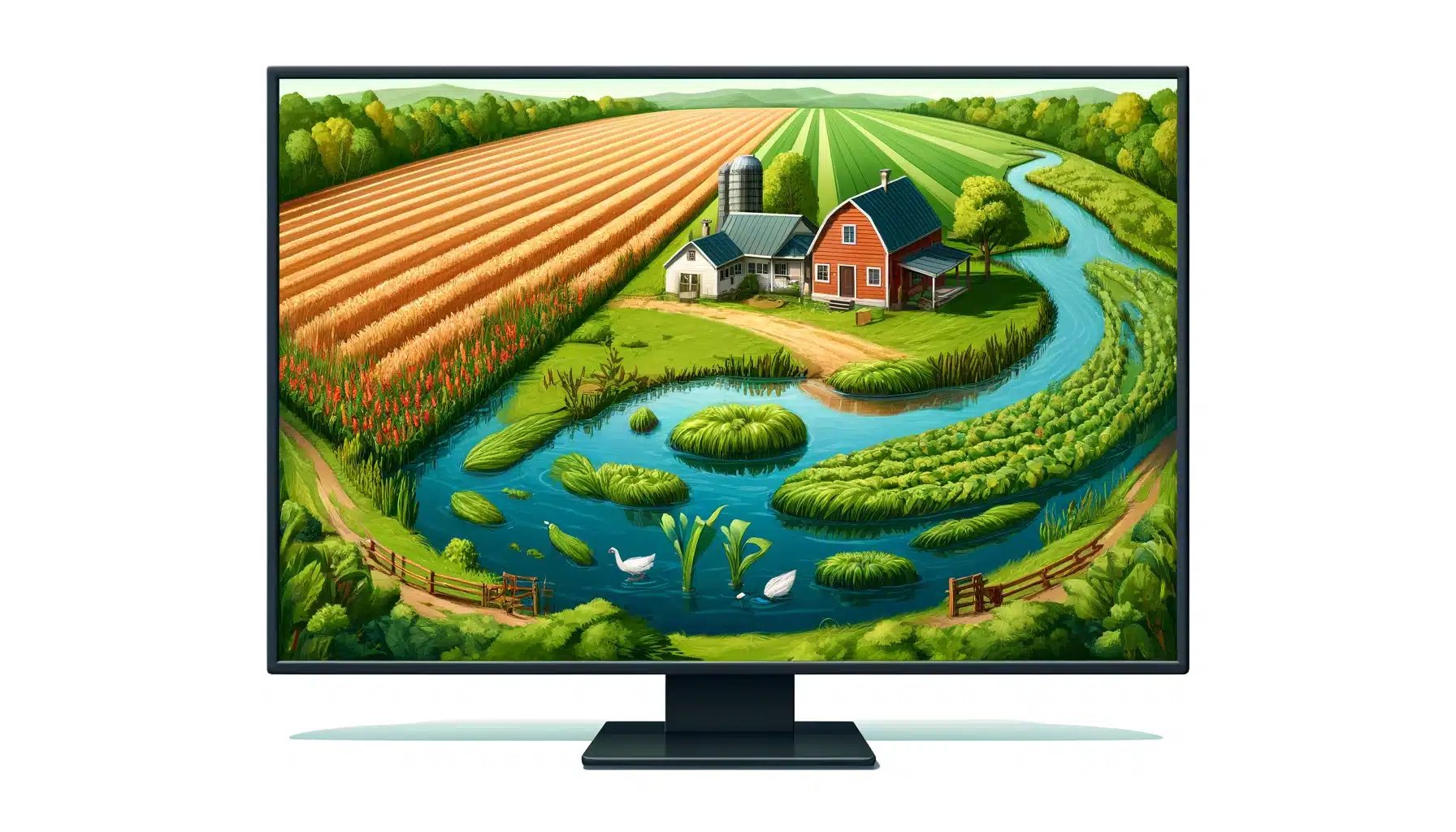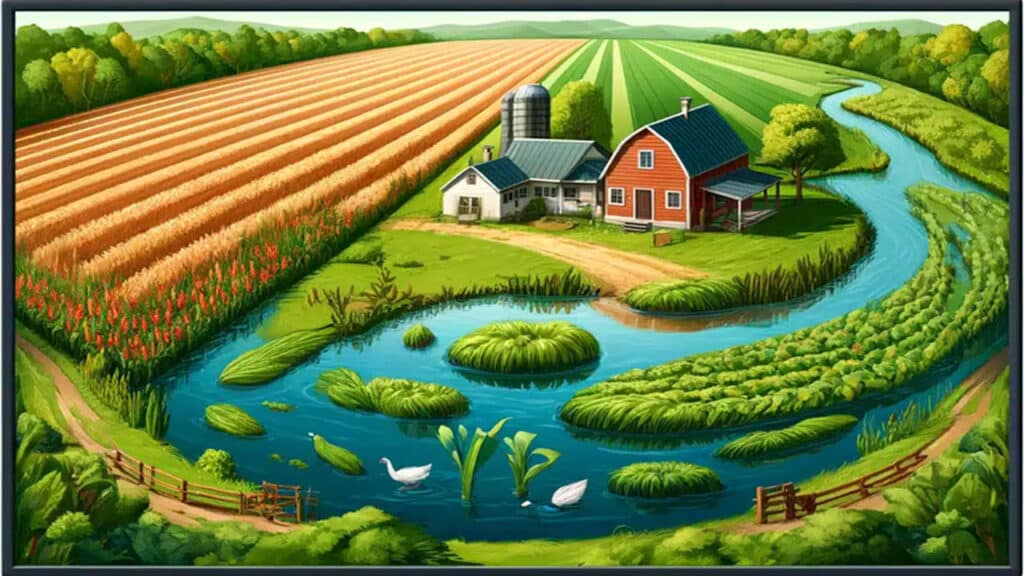
The Field Indicators of Hydric Soils in the United States guide has been an essential resource for scientists, environmental consultants, and land managers who work to identify and preserve wetlands. Now, with the release of Version 9.0, the USDA’s Natural Resources Conservation Service (NRCS) and the National Technical Committee for Hydric Soils (NTCHS) have expanded and refined this resource, updating essential definitions, indicators, and methodologies. This new edition builds on Version 8.2, introducing new region-specific indicators, refined guidelines for identifying hydric soil features, and some adjustments to the thickness requirements for certain indicators, making it a comprehensive tool for accurate hydric soil identification across the U.S.
Key Enhancements in Version 9.0
Hydric soils play a critical role in wetland ecosystems, serving as indicators of saturated conditions essential for wetland health and biodiversity. The new Version 9.0 introduces essential updates that will improve the accuracy of hydric soil identification, from defining region-specific indicators to refining measurement requirements for certain soil features.
1. Introduction of New Field Indicators for Diverse Regions
The guide has introduced new hydric soil indicators tailored to specific ecological regions, enhancing accuracy in previously challenging areas. For instance, the Alaska Gleyed Pores indicator helps address the unique characteristics of cold-region soils, where gleyed matrix colors occur prominently along root channels and pore linings, essential for identifying anaerobic conditions in these climates. With similar additions for areas with sandy, loamy, and clayey soils, the guide allows scientists to make more reliable hydric soil classifications nationwide.
2. Changes to Feature Thickness Requirements
Version 9.0 includes important updates to the minimum thickness requirements for certain hydric soil indicators. These adjustments aim to better align field practice with evolving soil science research, allowing for more nuanced identification of wetland boundaries. For example, indicators like the Depleted Matrix now include modified minimum thicknesses based on specific depth criteria, improving accuracy for areas with marginal wetland conditions. Such changes enable more precise documentation of soil properties and ensure that professionals can account for subtle variations in hydric soil features across different soil types and landscapes.
3. Expanded Guidelines for Recognizing Redoximorphic Features
Redoximorphic features—characteristics indicating soil areas with fluctuating aerobic and anaerobic states—are essential in defining hydric soils. In this latest edition, redoximorphic guidance is enhanced, particularly for sandy and loamy soils. The new definitions cover specific traits of redox concentrations and depletions, such as iron-manganese masses and gleyed matrices, offering field professionals an improved framework for distinguishing between true hydric soil features and naturally occurring soil variations in complex landscapes.
4. Elimination of Outdated Test Indicators
A major update n Version 9.0 is the elimination of outdated test indicators. Previously, some indicators were included on a trial basis to assess their effectiveness in field identification. These test indicators have now been removed, streamlining the guide and allowing users to focus on scientifically validated indicators that provide reliable results. Concepts from retired indicators, such as Vernal Pools, have been integrated into existing indicators like the Depleted Matrix, enhancing these primary indicators without redundant or untested methods. This change ensures that each indicator in the guide meets rigorous standards, improving overall reliability and usability.
5. Integrated Indicators for Simplicity and Efficiency
Several indicators have been retired in this edition, but their key concepts have been consolidated into other indicators to reduce redundancy. For instance, the concepts previously captured in the Vernal Pools indicator now enhance the Depleted Matrix indicator, making it a more versatile tool for wetland delineation. Similarly, other retired indicators have been merged, keeping the guide efficient and accessible while still scientifically rigorous.
6. Revised Appendices and Glossary for Greater Accessibility
Version 9.0 includes a thoroughly updated glossary and appendices that make it easier for users to apply the guide in specific regions. Expanded definitions cover terms like “gleyed matrix,” “anaerobic conditions,” and “organic bodies,” making the guide more accessible to those new to soil science and field identification. In addition, the appendices now provide a consolidated list of approved indicators organized by Land Resource Regions (LRRs) and Major Land Resource Areas (MLRAs), supporting rapid reference for professionals working in various geographic areas.
Why These Updates Matter for Wetland Management
Identifying hydric soils accurately is essential for maintaining and protecting wetland ecosystems, which serve critical functions in water purification, flood control, and biodiversity preservation. The enhancements in Version 9.0, from modified thickness requirements to expanded redoximorphic feature descriptions, provide environmental consultants, regulators, and wetland scientists with the precision needed to navigate these complex landscapes accurately. Improved indicators for specific regions, like coastal, floodplain, and cold environments, make it easier to manage wetlands under diverse climate and soil conditions.
Practical Applications for Field Professionals
With its focus on detail and accuracy, Version 9.0 offers practical benefits for those conducting soil identification and wetland delineation:
- Land Development Compliance: Accurate soil classification helps ensure that projects comply with the Clean Water Act (CWA) and other regulations, reducing the risk of costly misclassifications.
- Restoration and Conservation Efforts: Wetland scientists can apply region-specific indicators and adjusted thickness requirements to design effective conservation and restoration projects, especially in fragile ecosystems like floodplains and coastal areas.
- Agricultural Land Use: Farmers and agricultural consultants can leverage this updated resource to make informed decisions about hydric soil management, supporting sustainable practices that protect adjacent wetland areas.
Accessing and Using Version 9.0
The Field Indicators of Hydric Soils Version 9.0 is available through the NRCS Distribution Center and on the NRCS website. With this latest edition, professionals have access to cutting-edge tools that support not only accurate soil identification but also sustainable environmental management practices. By integrating the advancements in Version 9.0, field practitioners can confidently approach the intricacies of hydric soil identification, contributing to the protection and sustainability of wetland ecosystems across the United States.
This update ensures that wetland delineation remains a robust science, meeting the challenges posed by changing climates and evolving ecosystems. With Version 9.0 in hand, environmental professionals are now better equipped than ever to work at the forefront of soil science and wetland conservation.


